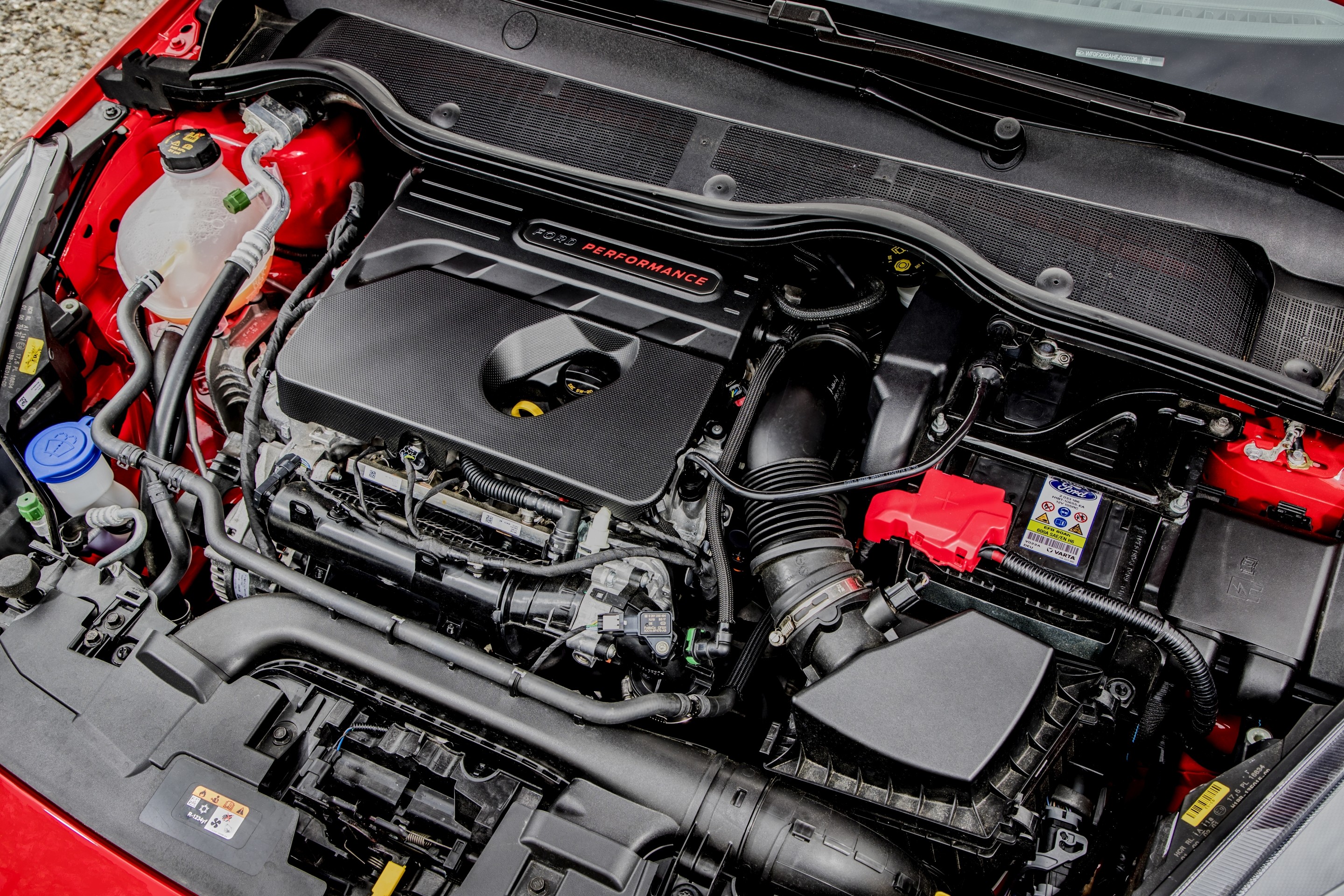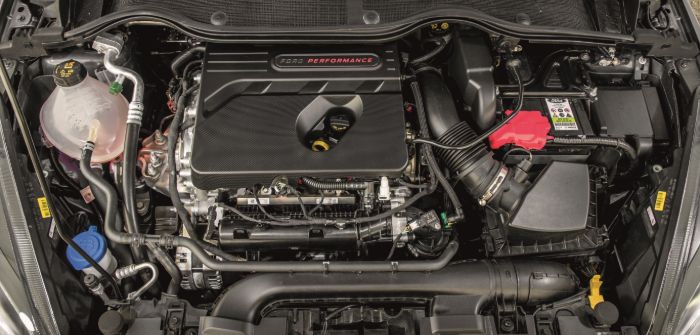What to Look for When Buying a Used Ford Fiesta Engine
What to Look for When Buying a Used Ford Fiesta Engine
Blog Article
Exploring the Development of Engines: From Traditional Designs to Modern Marvels
From the first steam engines that powered the Industrial Transformation to the appearance of interior combustion engines that transformed flexibility, each stage has added to higher efficiency and capability. As we examine these turning points, one must think about how the future of engine style might unfold, testing our understandings of power and efficiency.
The Birth of Engine Innovation
The introduction of engine modern technology noted a pivotal minute in human advancement, transforming power conversion and transport. The earliest engines emerged from the need to harness mechanical power for useful use, leading to the advancement of gadgets that converted various energy forms into activity (ford fiesta engine).
The advancement of the interior combustion engine and the innovation of the steam engine militarized an extensive change in commercial abilities. These engines not only enhanced efficiency yet additionally broadened the scope of human flexibility, making it possible for unprecedented transportation opportunities. The very early prototypes prepared for the mechanical globe, promoting the rise of industries and improving societal frameworks.
As engine styles progressed, they progressed and integrated innovative products engineering concepts, leading the way for contemporary advancements - ford fiesta engine. The birth of engine technology stired up a ruthless search of effectiveness and power, setting the phase for the dynamic advancement of transport and industrial machinery that would certainly adhere to
Heavy Steam Engines and Their Impact

The heavy steam engine's impact was specifically obvious in the transportation sector (ford fiesta engine). Steam-powered engines helped with the quick movement of goods and people across vast ranges, properly diminishing the geographical obstacles that had formerly impeded profession and communication. Steamships changed marine traveling, allowing for quicker and extra dependable crossings of rivers and seas.
In market, steam engines powered manufacturing facilities, enabling mass manufacturing and the surge of city centers as centers of economic activity. This change not only altered labor characteristics but likewise added to the introduction of a consumer-driven society. Moreover, vapor technology promoted technologies in engineering and manufacturing processes, laying the foundation for future developments in engine style. The legacy of steam engines is extensive, mirroring a zero hour in human ingenuity and the relentless quest of development.
The Increase of Interior Combustion
Frequently eclipsing heavy steam power, the increase of internal burning engines marked a transformative shift in transportation and industry throughout the late 19th and very early 20th centuries. The growth of these engines, characterized by their capability to burn fuel within the engine itself, made it possible for better performance and power contrasted to standard heavy steam engines. Introducing creators such as Nikolaus Otto and Rudolf Diesel played crucial roles in perfecting engine layouts, causing prevalent fostering in vehicles, boats, and commercial machinery.
The inner burning engine's compact dimension and relatively lightweight nature facilitated the emergence of personal vehicles, reinventing private movement and improving metropolitan landscapes. By allowing faster traveling and the efficient transport of items, these engines catalyzed economic development and fostered globalization. The flexibility of fuel options, including fuel and diesel, additionally enhanced their allure, enabling diverse applications throughout various industries.
Regardless of the environmental concerns that would certainly later emerge, the preliminary attraction of internal burning innovation stocked its transformative potential. As society accepted this development, the foundation was laid for modern-day transport systems, establishing inner burning engines as a cornerstone of industrial advancement and everyday life throughout the 20th century.
Advancements in Engine Effectiveness
As inner burning engines ended up being indispensable to transportation and market, the emphasis shifted towards boosting their performance to meet growing needs for efficiency and sustainability. Technologies in engine design, product scientific research, and technology have substantially contributed to this development.
One significant advancement is the development of turbocharging, which permits boosted air consumption, leading to even company website more full fuel combustion and improved site link power output without expanding engine dimension. Additionally, variable shutoff timing systems have actually been executed to enhance engine performance across different RPM arrays, therefore boosting gas efficiency.
The application of innovative gas shot innovations, such as direct shot, has actually additionally played a crucial function. This technique permits more precise control over the fuel-air mixture, promoting far better burning and minimizing discharges. In addition, lightweight materials, consisting of aluminum and composite components, have been adopted to reduce overall engine weight, resulting in enhanced performance.
These advancements show a wider trend within the automotive market, where the synergy in between design development and ecological considerations drives the recurring mission for higher performance in interior combustion engines. Consequently, modern-day engines are now more effective, cleaner, and effective than ever previously, leading the way for a much more sustainable future in transport.
The Shift to Electric Power
With expanding worries over environmental influence and fossil fuel dependency, the automobile market is experiencing a considerable change towards electrical power. This change is driven by a combination of technical improvements, regulatory pressures, and changing consumer choices. Electric cars (EVs) use a compelling choice to conventional inner combustion engines, boasting minimized greenhouse gas discharges and reduced operating costs.
The rise of battery technology has actually been a video game changer, with lithium-ion batteries ending up being more affordable and reliable. Enhanced energy density and faster billing capabilities have actually made EVs extra practical for daily use. Governments worldwide are carrying out motivations and establishing enthusiastic targets for phasing out fossil gas cars, consequently speeding up the adoption of electric power.
Significant car manufacturers are spending heavily in research study and advancement, bring about the intro of a varied array of electric versions. This consists of not just traveler cars and trucks but also commercial cars and public transport options. As charging infrastructure expands and battery innovation remains to boost, the change to electrical power is poised to reshape the automobile landscape, promoting sustainability and development in the years to come. The go to these guys future of transportation is electrical, and the energy is obvious.
Verdict
The development of engine innovation represents a significant trajectory of technology that has actually profoundly influenced transportation and sector. From the foundational steam engines to the transformative inner combustion engines, each advancement has actually contributed to improved mobility and economic development.

Report this page